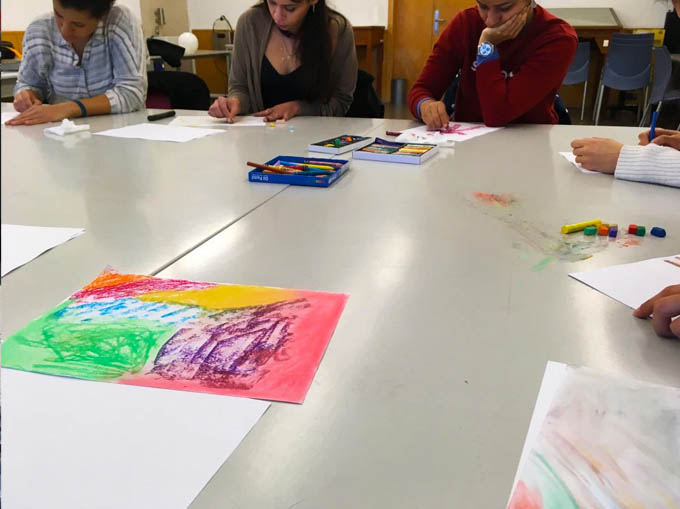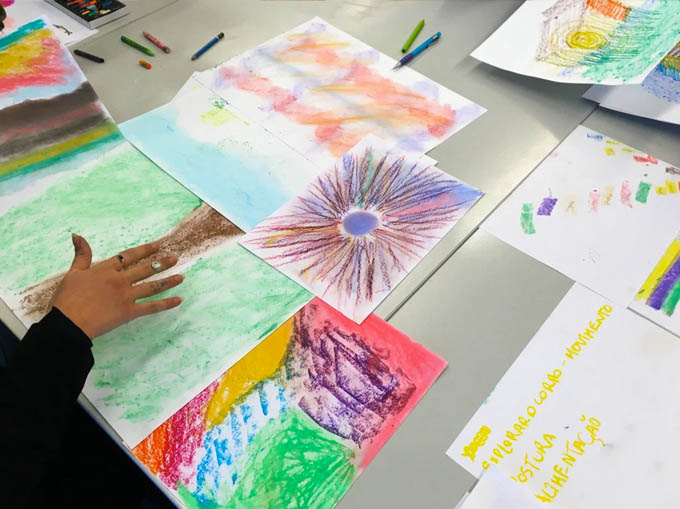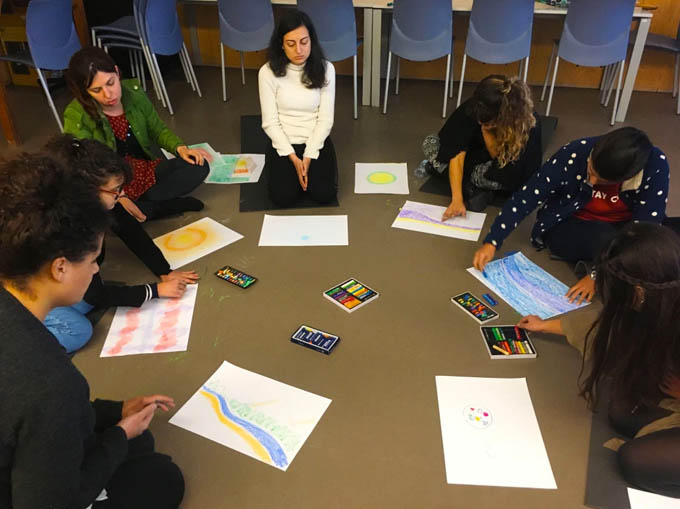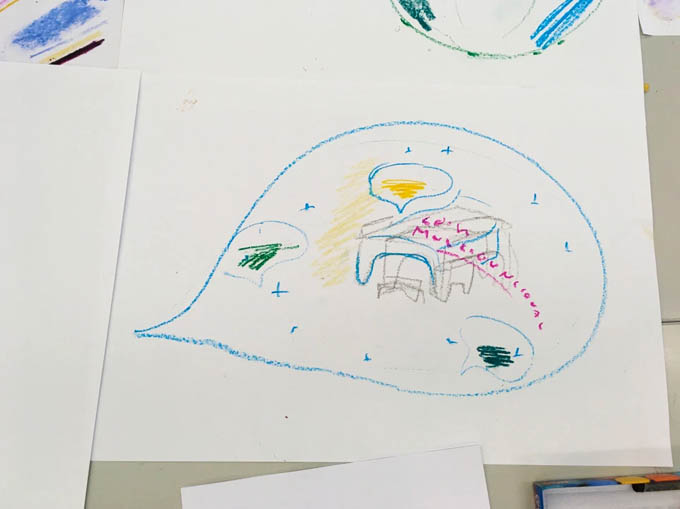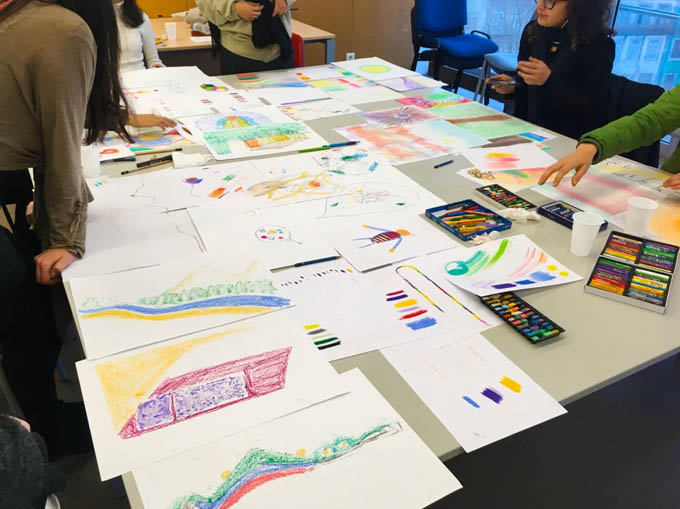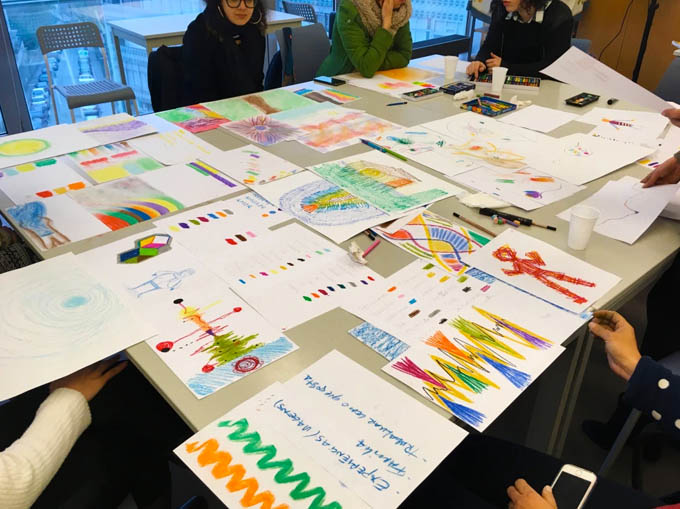Enter your keyword
Youth Projects
Colour and Abstraction as exercises of self-representation
by Eduardo Pedreiro
My Value (on which the project is based with some short description):
Creativity and self expression
We believe creative processes as a means of self-representation leads to a deeper sense of self through drawing and the use of colour.
The goal of the project:
To address emotional and symbolic readings of colour, as a starting position to develop self-reflection and introspective thinking, associated with guided meditation in order to deepen the reflections and generate visually plastic results.
Method(s) used: The Colour Keys Method by Zoltán Vass + Guided Meditation
Number of Participants: 7
Summary
Self-representation as a practical exercise is a topic that touches objectivity, but also abstraction which may be less tangible to represent and systematise in the act of drawing – the action of marking a paper surface. This activity focused those abstractions and subjectivities, developing them as creative processes and using drawing as mean of self-representation. In this activity there were addressed emotional and symbolic readings of colour, as a starting position to develop self-reflection and introspective thinking, which were after associated with guided meditation in order to deepen the reflections and generate visually plastic results.
Description of the activity
Although the session had individual work as its core, it opened with a presentation exercise, in order to introduce everyone to the group and settle the work environment. After the presentation activity, the group dived into the colour exercises. Adapting the “Colour Keys” method to the context, the group was guided through different stages on which they had to represent abstractions on paper, using colours on paper. From the experimentation of colours, to the representation of body, life stages, and finally concepts matched with colours (3 important words for the person, and 20 other such as “me”, “father”, “mother”, “sexuality”, “happiness”, “shame”, “anger”, “mood”, etc.). These associations are an important point as they, besides closing the activity, are the key to each one to identify connections between the colours used in the abstract drawings and the subjective meaning they have.
The meditation came into play as a process which intends enhance the way we perceive and interpret colour, as well as to deepen the observations and conclusions about ourselves. The meditative process was guided in order to create a path to our individual sanctuary and an invitation to inhabit that place for a period of time. After the meditation, the participants were asked to represent two moments of the path and as well as the shelter/place they created, using colours and abstract drawing.
Finally, results were presented by the participants, which shared their opinions and perceptions, presenting some conclusions and assessing the process they experienced. As the closure stage appears of utmost importance when doing exercises that reflect emotional or psychological dimensions, the session closed with some stretching and drama exercises, in order to finish the work process.
Final Considerations
Using drawing as a mean and plasticity as a motive, these methods appear as a possible tool to work amongst different communities and groups, working sensitive issues as identity, values or ethics, promoting self-reflection and self-knowledge processes. This method proves also useful as it can be developed without invading explicitly the subject personal space (which can be a core issue in social contexts), giving one the power to mediate how deep one wants to present and be observed with words, having at one’s hand a platform which can represent different depths of representation only understood by the person who performed the drawing act.



